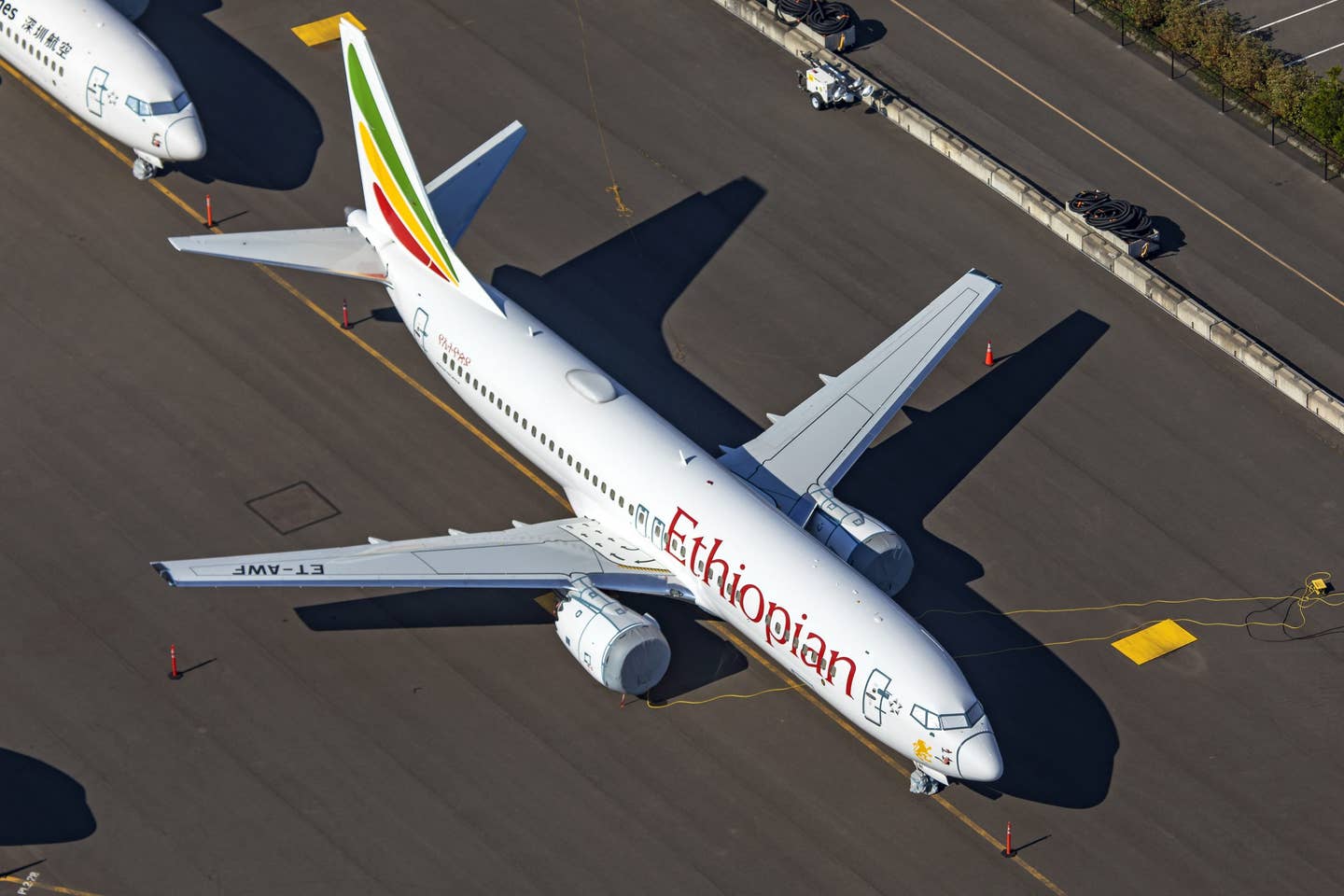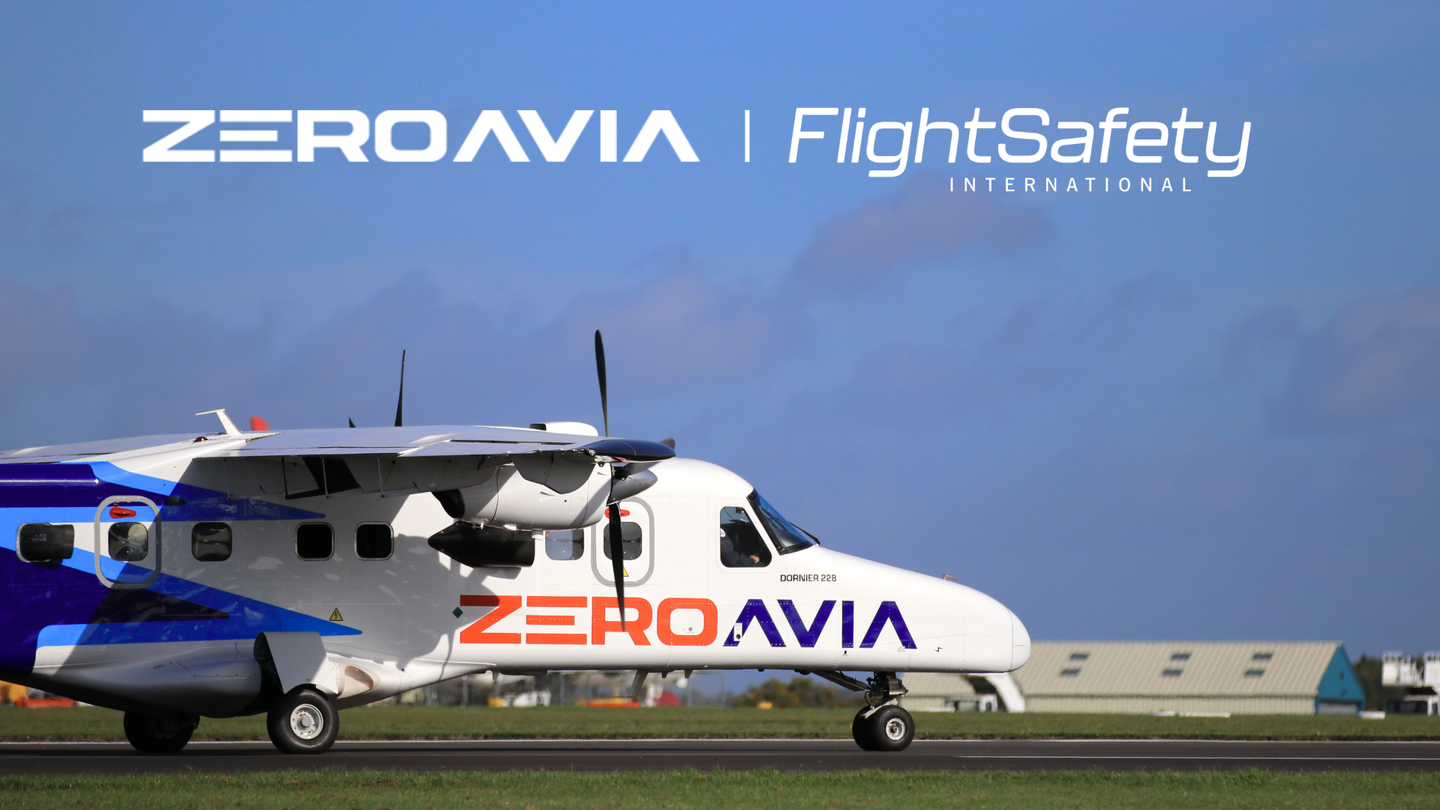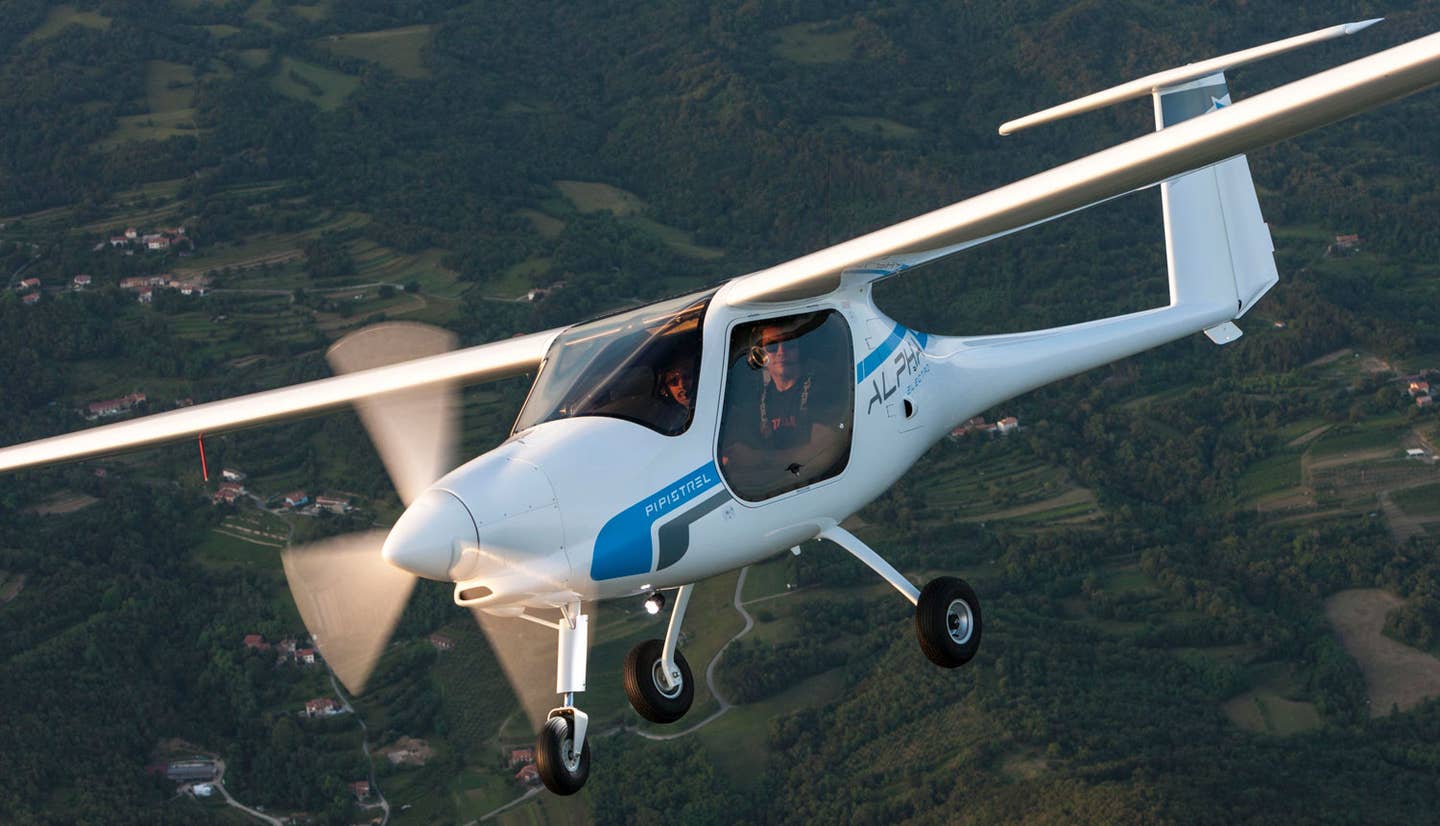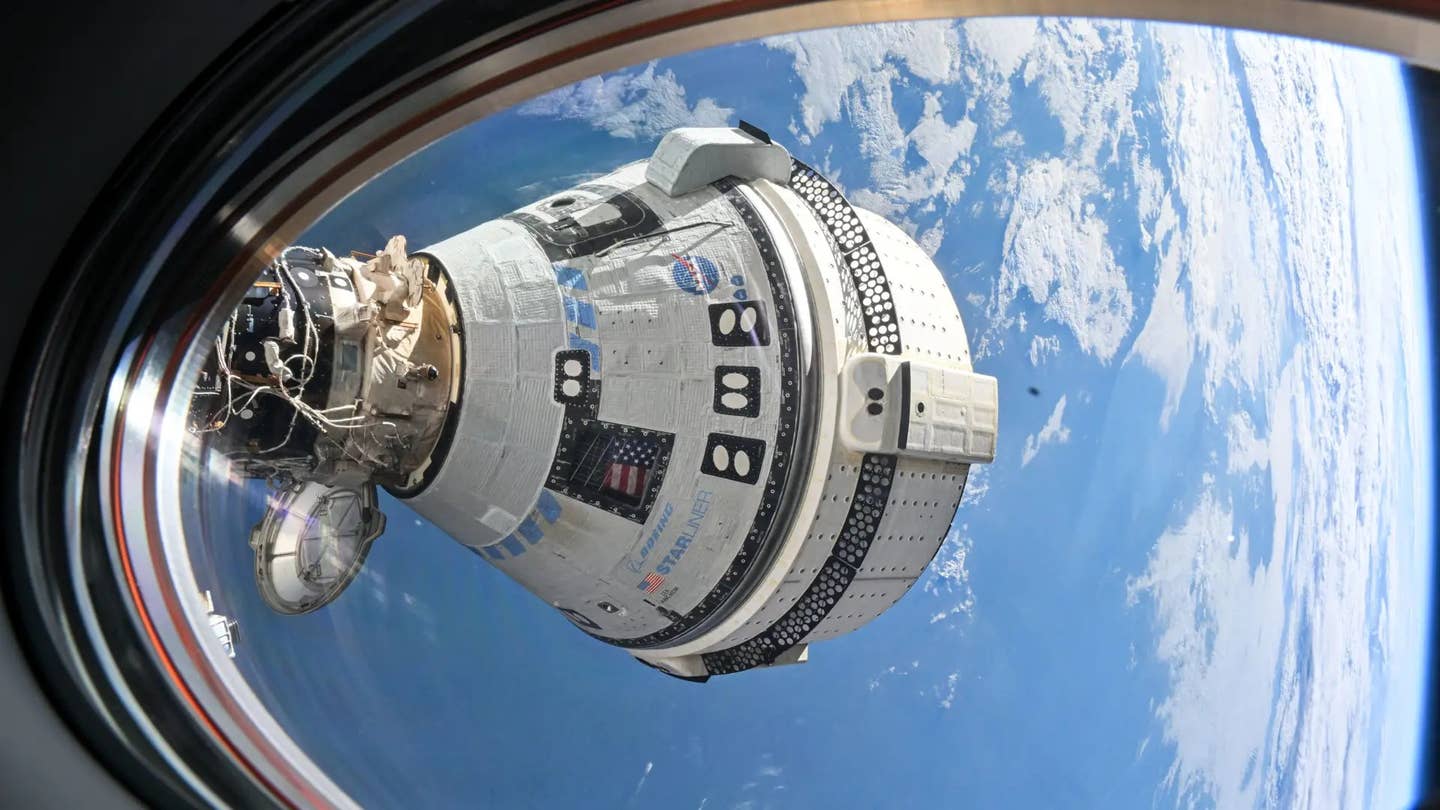
The spirit of collaboration drove our choices for 2021, including the private-public cooperation that put the Dragon capsule into space. SpaceX
During a year marked by lives turned upside down, collaboration saw us through to 2021. Efforts began long before 2020 in order to achieve the goals met by the team that we highlight in our Editors’ Choice Awards this year. To manage workload and increase safety, to return a US crew to space, and to land a light airplane autonomously after a pilot incapacitation—these took collaborative effort, and that’s why Flying is proud to give them our recognition.
One of these teams will be selected for our highest annual honor, the Flying Innovation Award. Last year, we gave the top place to Epic Aircraft for the E1000 turboprop. For now, we’ll share with you the accomplishments that have brought this year’s candidates to this point.
Autoland: Garmin Aviation + Piper Aircraft + Cirrus Aircraft + Daher
When Garmin Aviation unveiled Autonomi—its suite of integrated avionics and aircraft systems that produce an autoland function for light aircraft—in October 2019, it revealed the first glimpse into a collaborative effort that had gone on for nearly a decade. While avionics manufacturers inevitably work with airframe OEMs in producing a final, panel-ready product, none has been so intrinsic to an airplane’s DNA, touching so many parts of the airplane, as Autonomi needed to be. In order to control all of the functions required to put an airplane on a course to the nearest suitable airport, descend through weather if needed, avoid terrain, and land on a reasonable runway, several aircraft systems had to work in concert with a sophisticated avionics suite and air traffic control. And a pilot regaining control of the aircraft in question needed to be able to interrupt the sequence once set in motion.
With the M600 as the original testbed for the autoland system (outside of Garmin’s own single-engine aircraft), Piper Aircraft joined forces with Garmin on the project in 2016. Piper’s turboprop had the right combination of relatively “roomy” systems and a decent-sized cabin to work with from the outset. While the testing on the Halo system—as Piper brands its version—was close to fruition when the system was originally announced, a combination of pandemic-related slowdowns and additional validation with ATC meant the M600′s Halo’s final blessing was announced on May 18, 2020.
Next to certify was OEM partner Daher, which placed its HomeSafe system in its latest TBM 940 turboprop. Starting in July 2020, 940s rolling off of the assembly line in Tarbes, France, came with the autoland system as standard equipment—making for the first approval of the system under European Union Aviation Safety Agency regulations. Daher also pledged to retrofit existing 940s delivered earlier in 2020 with the system for $85,000.
Cirrus Aircraft developed its Vision Jet with autoland functionality in mind—which it has branded Safe Return. The first-generation Vision Jet lacked key components, such as the autothrottle, which were included in the G2 version. Safe Return was certified in the G2 and rolled out in September 2020—making it the first light jet to gain FAA approval with the system.
While the autoland system effectively works the same way in all three airplanes, each of the three OEMs take a slightly different approach in its execution, such as the user interface—starting with the disposition and placement of the button used to activate the system. Piper’s guarded switch lives on the instrument panel, firmly in the pilot’s territory, while in the TBM 940 the button is set apart on the glareshield—and more instantly visible to the right-seat passenger. In the Vision Jet, the button is truly passenger-centric, reachable by the front seat occupants and the cabin passengers alike. The system may also be activated passively in each airplane when emergency descent mode is triggered in the Garmin avionics suite—if the pilot fails to make any inputs to take control of the airplane, the system assumes pilot incapacitation.
The leap forward after ten years of development by a large cast of pilots, engineers, designers, and technicians was only made possible by sustained focus on the goal, and the leadership to collectively forge a new path.
ThrustSense Autothrottle / Innovative Solutions & Support + Pilatus + Textron Aviation
Behind the scenes, a big stride forward in workload management has taken place—particularly for single-pilot operations in turboprop aircraft. Autothrottle systems have long been standard equipment on turbine aircraft, but only in the last three years have they inserted themselves onto the flight decks of GA airplanes in swelling numbers. The ThrustSense autothrottle system from Innovative Solutions & Support entered the single-engine turboprop market with its first installation on the Pilatus PC-12 in 2017—IS&S founder Geoffrey Hedrick apparently wanted the system for his personal airplane—building on the range of products it has developed for commercial and military aircraft, as well as the Eclipse 500/550, since its beginnings in 1988.
A step up from the electronic stability and protection (ESP) and flight-level change (FLC) modes now found across the board in Garmin flight decks, the ThrustSense makes for a natural evolution into complete envelope protection for singles and twins—with one crux being the development of the single-power lever for the Pratt & Whitney PT6A series powerplants. In May 2019, IS&S announced certification as a supplemental type certificate for Beechcraft King Airs—followed by the STC for the King Air 300 series with Pro Line Fusion avionics and the new King Air 360 launched by Textron Aviation in August 2020. While the advent of the autothrottle on single-engine turboprops offers a remarkable improvement in workload management, the reduction in cockpit theatrics following a loss of thrust on takeoff in the powerful turboprop twin cannot be undersold.
That’s a lot of peace of mind for the single pilot. Joining forces with Pilatus and Textron Aviation on this development process, IS&S has moved the needle significantly on safety.
Crewed Dragon Capsule to the International Space Station / NASA + SpaceX
For many pilots who grew up during the first phase of the crewed US space program—reaching a crescendo in the mid 1960s and early 1970s—celebrating the country’s return to serious spaceflight made 2020 a little bit easier to get through. A host of commercial operators now pierce the tropopause on a regular basis, gearing up for the day when an increasing number of us will gain access to space. A decade after the last space shuttle mission, young people across the country dream again of becoming astronauts.
While the efforts of so many people on several teams brought together the launch of the SpaceX Falcon 9 rocket with the crewed Dragon capsule perched atop its pointy end, it’s the collaboration of the now-venerable US government space agency, NASA, and the commercial SpaceX that we recognize for its partnership in putting pilots Doug Hurley and Bob Behnken on board the International Space Station on May 31, 2020. The duo followed up with the first regular crewed mission, SpaceX Crew-1, on November 15, with NASA astronauts Mike Hopkins, Victor Glover, Shannon Walker, and Japan Aerospace Exploration Agency astronaut Soichi Noguchi on board. For its part too, the FAA deserves a tip of the hat: all commercial space operations require an FAA license to launch through or renter the National Airspace System in the US.
The hope generated by the ongoing successes—and routine yet surmountable failures—of the latest chapter in human spaceflight keep so many of us looking forward to the future.

Sign-up for newsletters & special offers!
Get the latest FLYING stories & special offers delivered directly to your inbox






